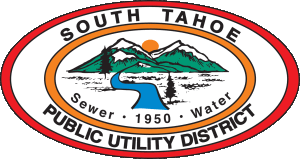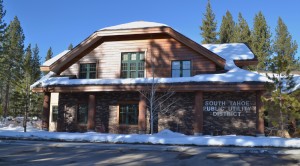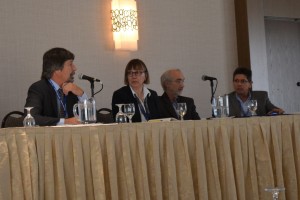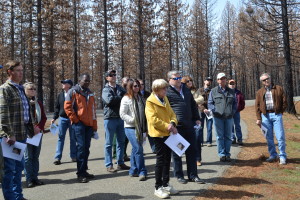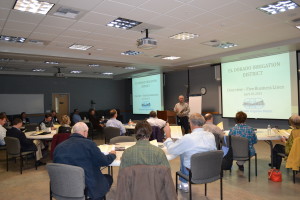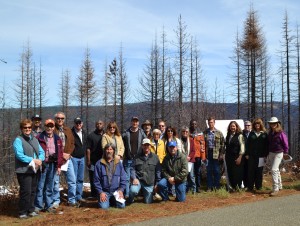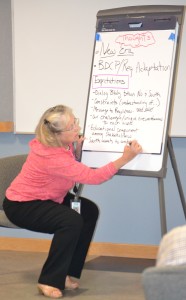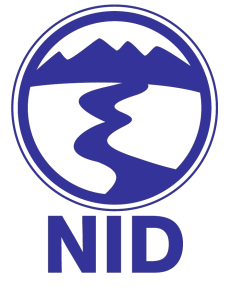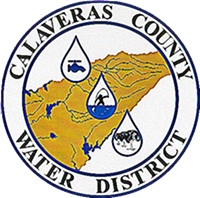Emergency Conservation Regs – Local Control – Longterm Water Management – Letters to SWRCB
In a letter to the State Water Resources Control Board (SWRCB) on Water Conservation and longterm water management, Mountain Counties Water Resources Association thanked the SWRCB for scheduling the forthcoming April 20 Public Workshop to consider modifications to the extended emergency urban water conservation regulation. The Mountain Counties Water Resources Association also encouraged the SWRCB to revisit the emergency regulations and to consider a regional approach applicable to a region’s local water supply conditions. “The SWRCB should consider those regions where local water supply conditions have returned to normal and rescind the drought restrictions in those areas”, said John Kingsbury, Executive Director, MCWRA. Further, as we move forward, there are four key foundational points that the SWRCB should consider relevant to long-term water management decisions as we move beyond this drought.
- Long-term water management policy is most appropriately developed and administered by the California Department of Water Resources (DWR) as the lead agency in managing the state’s Urban Water Management Plan/Water Shortage Contingency Plan process. Long-term water management solutions are most appropriately developed and administered at the local water district level.
- California Water Action Plan, Action No. 2 is to “Promote Local Urban Conservation Ordinances and Programs.” Local water districts by design are increasingly conserving water by prohibiting certain types of wasteful water use. Local water districts are also pioneering incentive programs. These actions by local water districts are foundational in Action No. 2, which is to promote local water district programs.
- The SWRCB should encourage and support investments in drought-resiliency and ongoing water-use efficiency and leave discretion with local water agencies to choose appropriate management strategies.
- Integrated Regional Water Management (IRWM), administered by DWR enables self-identified regions to integrate and implement water management solutions for their region, which again is a foundation of Action 2 in the California Water Action Plan. The fundamental principle of IRWM is that “regional water managers, who are organized into regional water management groups (RWMGs), are best suited and best positioned to manage water resources to meet regional needs.”
Clearly the intent of these foundation points is to preserve local control over water management decisions.
Respectfully, the SWRCB is encouraged to affirmatively support the long-term water management policies of DWR and affirmatively support and preserve local control over water management decisions.
See more: April 2016 – SCWRB Comments and longterm management
Echoed by South Tahoe Public Utilities District’s (STPUD) general manager Richard Solbrig, “Put succinctly, STPUD believes that hydrologic and hydrogeologic conditions in the Tahoe Basin support the recission of the emergency regulations for local water purveyors that rely on this watershed”.
See more: South Tahoe PD Emergency Conservation Regulations 4-8-16
